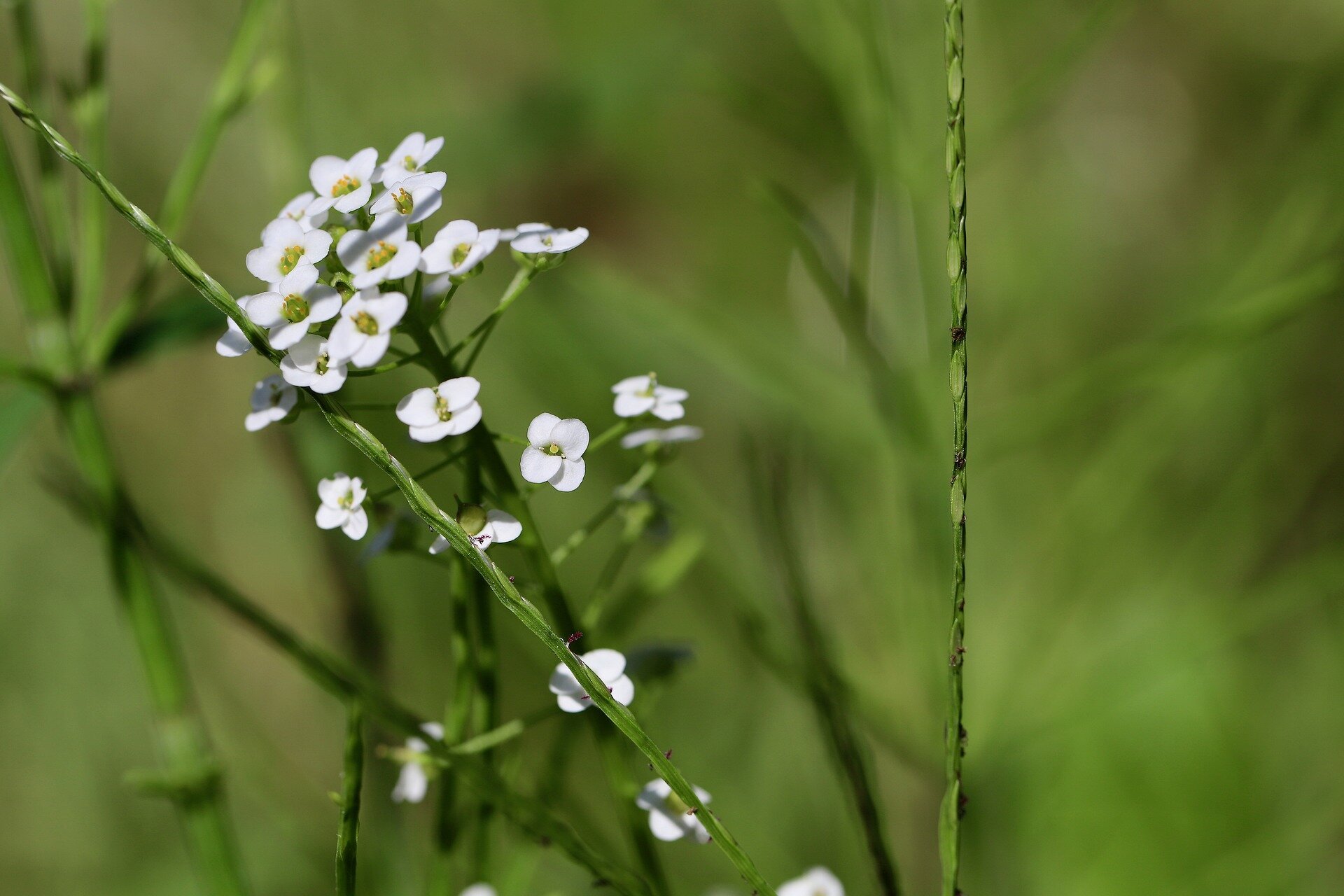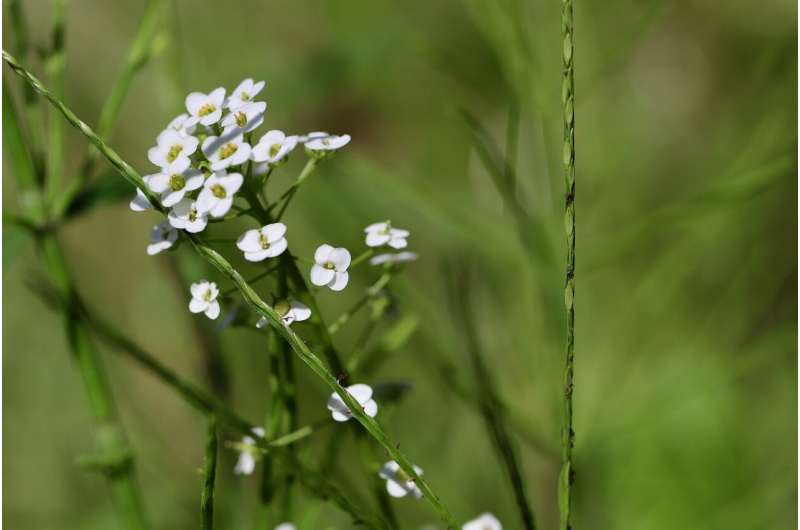

Biologists at Indiana University Bloomington have shown that the surfaces of plant leaves are coated with a diverse array of RNA molecules. The finding suggests that the RNA present on the leaf surface may play a role in shaping the microbial communities that inhabit them, potentially influencing plant health and interactions within their environment, according to a new study.
The study, “Diverse plant RNAs coat Arabidopsis leaves and are distinct from apoplastic RNAs,” was published Jan. 3, 2025 in the Proceedings of the National Academy of Sciences. The first authors are Lucía Borniego and Meenu Singla-Rastogi, postdoctoral fellows at the Indiana University Department of Biology in the College of Arts and Sciences. The senior author is Roger Innes, Distinguished Professor of Biology.
“What excites us most about this discovery is that it indicates plants may control their microbiomes, in part, by regulating gene expression in microbes using cross-kingdom RNA interference, also known as RNAi,” said Innes. “RNA interference is a well-known type of gene regulation in which cells can turn down the expression of a gene by expressing a small RNA that can base pair with the RNA of the target gene. This type of gene regulation appears to occur in just about all living organisms, but only recently has it been shown that RNAs produced by one organism can be taken by another organism and then base pair with RNAs in the recipient organism.”
RNA is extremely fragile, and thus rapidly broken down if it is not protected. The study produces some of the first evidence that plants can secrete viable RNA onto the surfaces of their leaves.
The paper found there are abundant RNAs on leaf surfaces that are surprisingly stable. Data presented in the paper suggests that this stability might be associated with the ability of the RNA to form condensates with polysaccharides, such as pectin. By discovering that plant leaves are coated with RNA, this work shows that the microbes that colonize the surfaces of leaves are exposed to plant RNA and likely interact with this RNA. In turn, this likely impacts gene expression in these microbes, which could impact which microbes thrive on the leaves’ surfaces.
“The manipulation of microbial communities by environmental RNA is likely taking place in our own guts as well, with RNA being secreted by our intestinal epithelial cells,” said Innes. “It is also quite possible that RNA on leaf surfaces, like salad, could influence our own gut microbiomes.”
Additional contributors to the paper were Megha Hastantram Sampangi-Ramaiah and Hana Zand Karimi of the Indiana University Department of Biology, Patricia Baldrich and Blake C. Meyers of University of California—Davis, and Madison McGregor of the Donald Danforth Plant Science Center.
More information:
M. Lucía Borniego et al, Diverse plant RNAs coat Arabidopsis leaves and are distinct from apoplastic RNAs, Proceedings of the National Academy of Sciences (2025). DOI: 10.1073/pnas.2409090121
Provided by
Indiana University
Citation:
New research reveals RNA on leaves may impact microbial communities (2025, January 5)
retrieved 5 January 2025
from https://phys.org/news/2025-01-reveals-rna-impact-microbial-communities.html
This document is subject to copyright. Apart from any fair dealing for the purpose of private study or research, no
part may be reproduced without the written permission. The content is provided for information purposes only.



